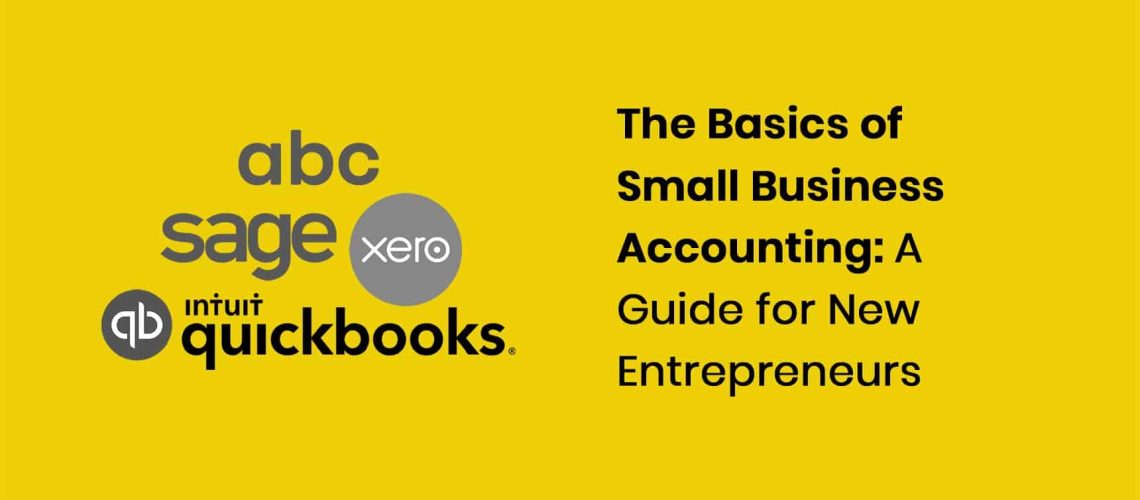As a new entrepreneur, accounting might be one of the most intimidating aspects of starting a business. However, it is also one of the most important. Without accurate accounting, it is difficult to understand the financial health of your business, make informed decisions, and comply with legal and tax obligations.
In this guide, we will cover the basics of small business accounting, including the different types of financial statements, bookkeeping, and software.
Types of Financial Statements
There are three main types of financial statements that are crucial to understanding the financial health of your business: the balance sheet, income statement, and cash flow statement.
- Balance Sheet The balance sheet provides a snapshot of your business’s financial position at a specific point in time. It shows your assets, liabilities, and equity. Assets are what your business owns, such as cash, inventory, and equipment. Liabilities are what your business owes, such as loans, accounts payable, and taxes. Equity is the difference between your assets and liabilities and represents the value of your business.
- Income Statement The income statement, also known as the profit and loss statement, shows your business’s revenue and expenses over a specific period of time, typically a month, quarter, or year. Revenue is the money you earn from sales, while expenses are the costs of running your business, such as rent, salaries, and supplies. The income statement shows whether your business is profitable or not.
- Cash Flow Statement The cash flow statement shows how much cash is coming in and going out of your business over a specific period of time. It is different from the income statement because it includes non-cash items such as depreciation, and it takes into account changes in accounts receivable and accounts payable. The cash flow statement shows whether your business has enough cash to pay its bills and invest in growth.
Bookkeeping
Bookkeeping is the process of recording all of your business’s financial transactions in a systematic way. It is important to keep accurate records of your transactions because they form the basis for your financial statements, tax returns, and other financial reports.
There are two main methods of bookkeeping: single-entry and double-entry. Single-entry bookkeeping is a simple system that records each transaction in a single account, such as a cash book. Double-entry bookkeeping is a more complex system that records each transaction in two accounts, such as a debit and a credit.
Regardless of which method you choose, it is important to keep your books up-to-date and organized. This will save you time and money when it comes to preparing your financial statements and tax returns.
Software
There are many accounting software options available for small businesses, ranging from basic spreadsheets to complex programs with advanced features. When choosing accounting software, consider the following factors:
- Features: What features do you need? Do you need to track inventory, manage payroll, or create invoices?
- Ease of use: Is the software user-friendly and easy to navigate?
- Cost: How much does the software cost? Is there a monthly subscription fee or a one-time purchase price?
- Integration: Does the software integrate with other programs you use, such as your bank account or point-of-sale system?
- Support: Does the software offer customer support, such as phone or email support or a knowledge base?
Some popular accounting software options for small businesses include Invoicemonk, QuickBooks, Xero, and FreshBooks.
Conclusion
Accounting is a crucial aspect of running a small business, and it can seem overwhelming at first. However, by understanding the basics of financial statements, bookkeeping, and software, you can ensure that your business’s finances are in order and make informed decisions to grow your business.








